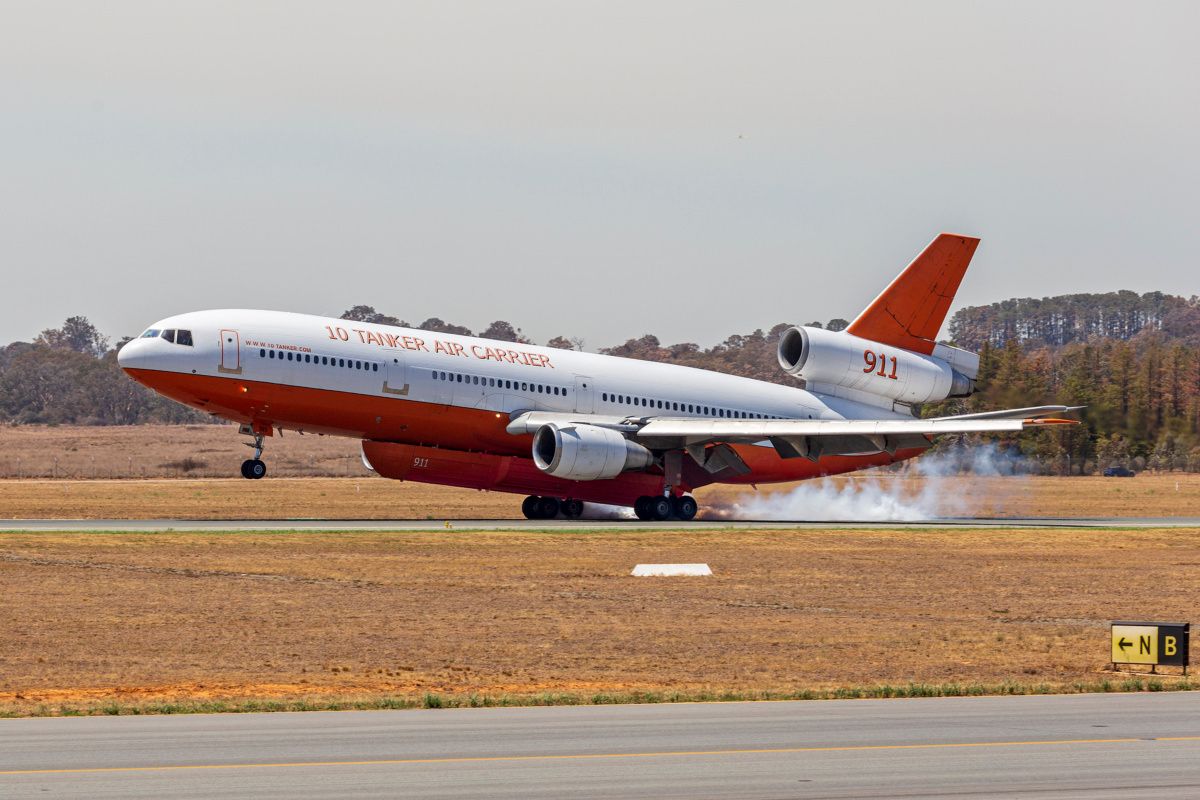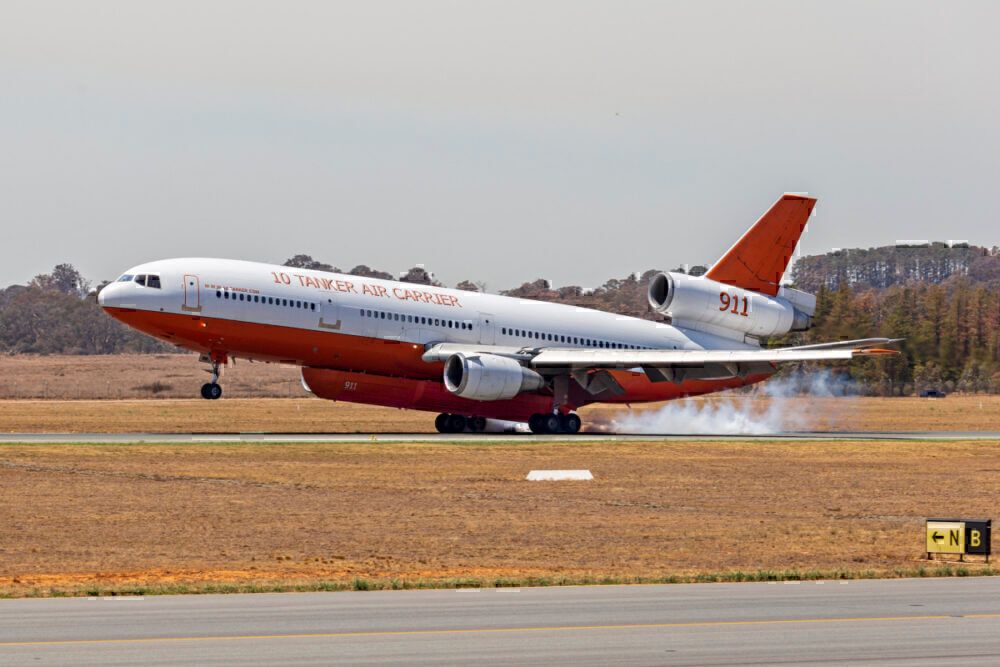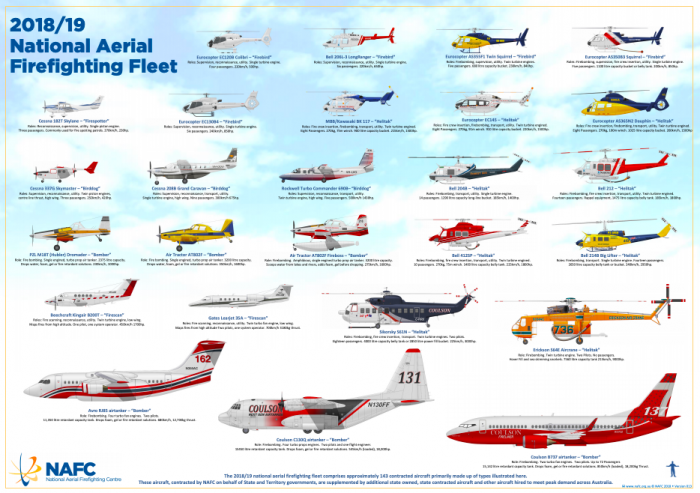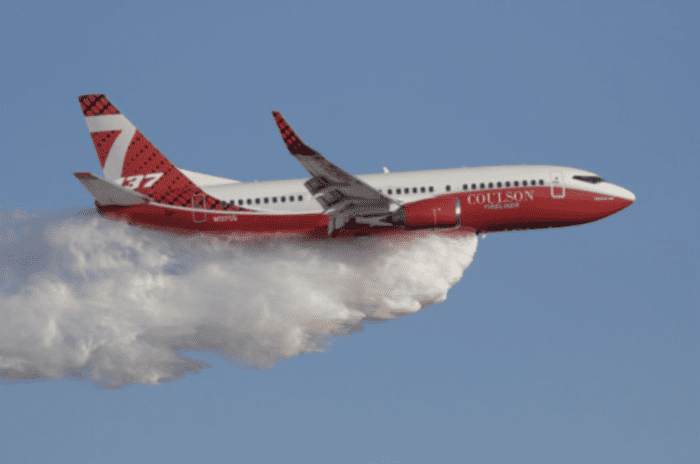Every summer in Australia, wild bushfires threaten remote communities and millions of acres of countryside. When standard firefighting isn't sufficient, the "Aussie Firies" need to call in their secret weapon - firefighting planes.
Preparing for the next fire season
Earlier this year, the Australian Bushfires ravaged over five million hectares of land (about the size of Belgium), destroyed 449 homes, and 17 people lost their lives (as well as an estimated billion animals). It divided the country and caused an investigation into the effectiveness of the government's response.
Since then, the government has been issued a report with recommendations to better prepare for the fire season (which begun in Northern Australia last month). It recommends action now at the start of the season (not waiting until the fires are worse), new equipment and crews, and better training.
"We want our volunteers to have the very best equipment available to them when they put their lives on the line to keep the community safe," Minister for Police and Emergency Services David Elliott said in regards to the coming 2021 season in a press statement.
One of the 76 conclusions was that the local NSW government should deploy more aerial firefighting assets. Last year, the Australian government noted an extra $14 million AU ($10.2 million US) to leasing firefighting aircraft from overseas to make up from its shortfall.
How are aircraft used?
With some fires the size of US states, and others with a front over 60km long (37 miles) chewing through the exposed bushland, it is up to aircraft to step in and save the day.
Australia has a large fleet of aircraft, from small helicopters up to a converted 737 air-tanker.
There is a multitude of different aircraft for bushfire season in Australia.
- Scouting: As the countryside is so vast, aircraft are useful for quick scouting missions after a storm or to determine which areas are under threat.
- Evacuation and deployment aircraft: Planes and helicopters that can evacuate trapped passengers, or place firefighters in remote areas to put out spot fires. This is especially useful outside of the season when firefighters can burn off leaves and underbrush in a controlled way in remote areas.
- International transport: Aircraft are used to bring firefighters from around the world (primarily Canada and the USA) to Australia each season.
- Air tankers: Aircraft that hold fire retardant or water, that can directly put out fires or strategically stop them from approaching homes.
Is Australia investing enough in firefighting aircraft?
Australian only has around 500 aircraft in the country at any one time, and the biggest is the converted Boeing 737. They have rented planes from overseas, but this is expensive, and there is no guarantee that they are available at the time of the fire.
It has been a point of controversy that the conservative government in power has since refused to expand the firefighting fleet over the last few years (despite the fires getting worse), claiming it was not 'their responsibility'.
The opposition party has suggested a spend of $80 million AU to acquire six enormous tanker aircraft to supplement the current state fleets.
"I proposed that Council of Australian Governmentsexpand the capacity of Australia's National Aerial Firefighting Centre and increase its funding," Mr. Albanese said to the Sydney Morning Herald. "Australia faces a national bushfire emergency, and it requires a national response."
There are bigger aircraft in the world, like a Boeing 747 air tanker, that would be perfectly suited for Australia. It remains to see if the government of the island nation will take steps to improve its fire fleet before the coming season.
What do you think? Let us know in the comments.




